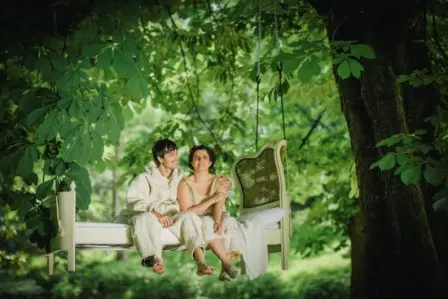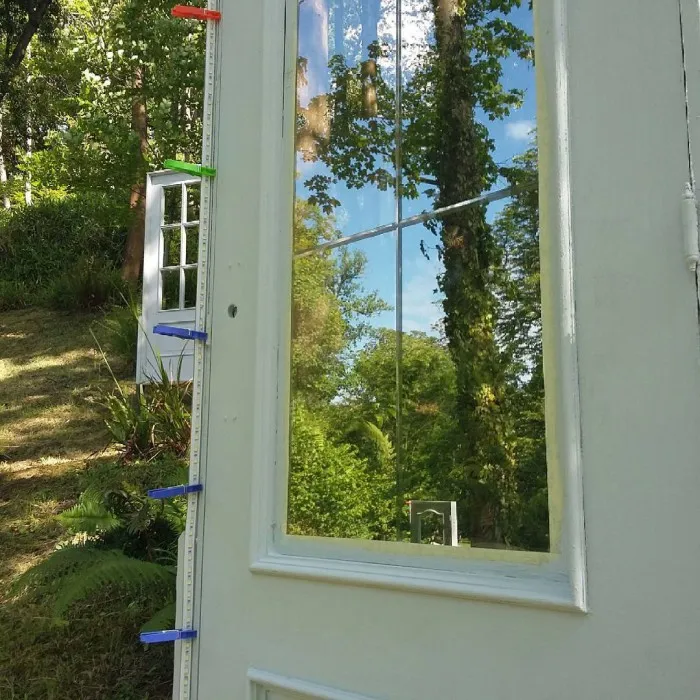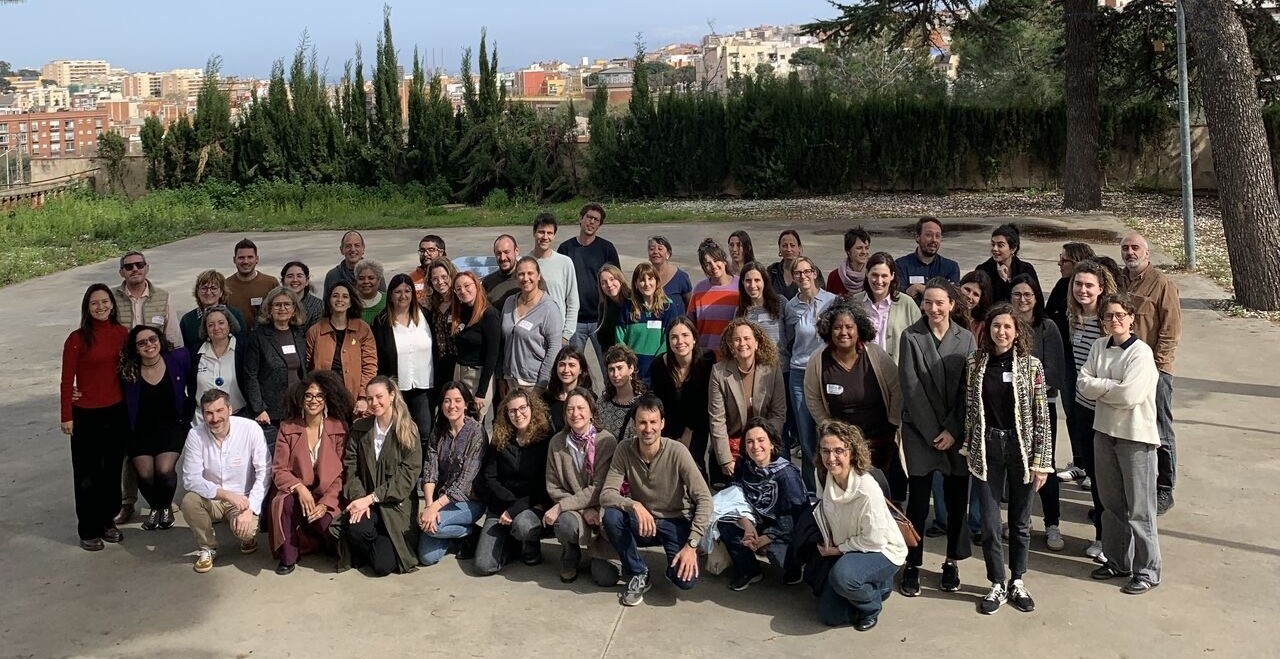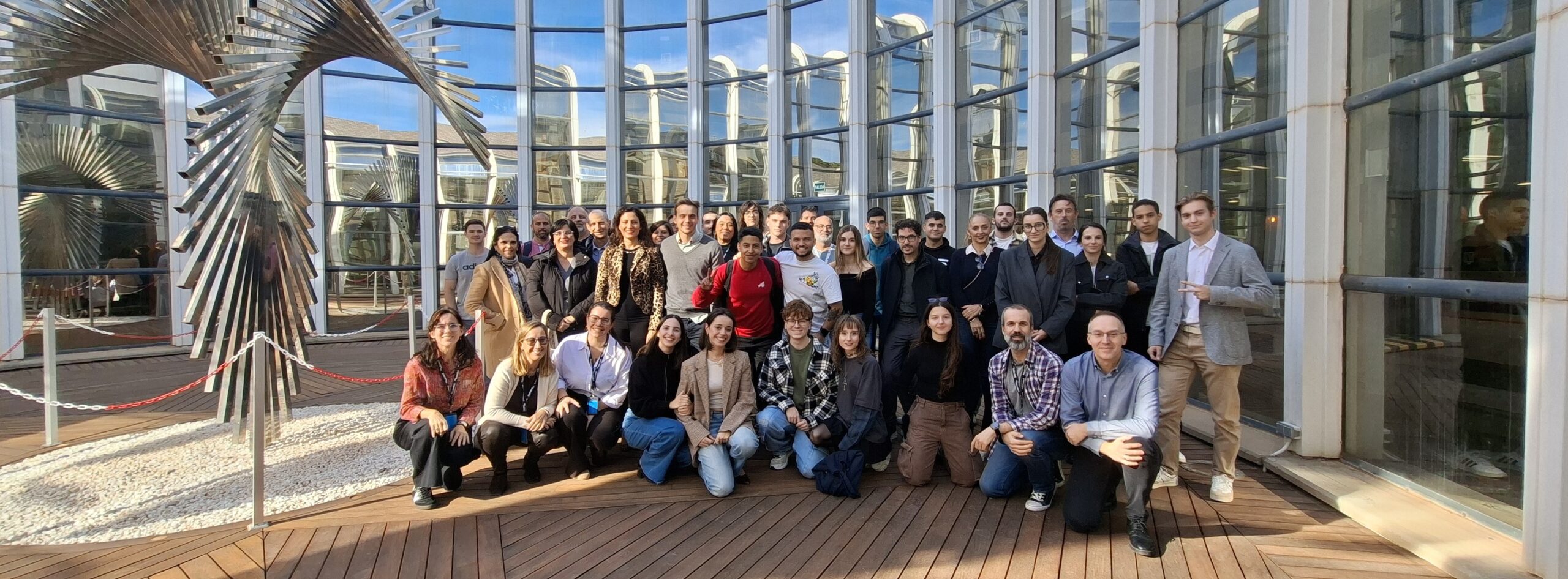
Each evening Fundación San Sebastian 2016 will be offering an audience of 250 people a chance to watch one of 30 productions: 10 in Basque and 20 in Spanish of “A Midsummers Night Dream”. On the occasion of the 400th anniversary of the death of William Shakespeare, this unique interpretation combines magic and fantasy with multiple artistic disciplines, to transport the audience to a world of fantasy filled with fairies and enchantments, love and betrayal. The play is one of the biggest highlights on the Capitalidad Cultural agenda.
Theatre, dance and music
This performance, which fuses theatre, dance and music, requires the participation of the general public, who will play the role of guests at a pre-nuptial banquet, setting the scene for the rest of the play. The opening night will be held on Tuesday 21st June, coinciding with the summer solstice, the magical period in which the play is set. Performances will be held for one month. Each evening 250 people will be invited to attend the pre-nuptial banquet, and when night falls they will move into a travelling story which fuses theatre, music and dance, leading them into the secret corners and pathways of the truly enchanting Cristina Enea forest.

The performance will start at 21.00, which is when the audience will be transformed into the guests at Hermia and Demetrio’s (the protagonists) wedding. The audience will take their seats at the banquet whilst they enjoy the first few acts. The play, divided into 5 acts, will take place in different areas of the park, meaning that the audience will not watch the play being performed in its traditional manner. Oil lamp in hand the audience will head into the forest as they follow the play’s central plot, as real, fantasy and mythological creatures begin to emerge.
A Midsummers Night Dream is one of the headline performances from the proposal designed by the Faro de Las Voces [the Lighthouse of Voices]. It is an ambitious proposal designed to move us and offer us a multi-sensorial experience, in the hope that it opens the door to more classic theatre through the transmission of this canonical masterpiece of the universal arts. The play is directed by Iñaki Rikarte and Fernando Bernués and adapted by Patxo Telleria.
Donostia-San Sebastián 2016 European Capital of Culture is looking to build a new sustainable model. To do so, it is creating a setting, a time, a space, generating resources and a focus on experimentation and learning to create, coordinate, and give visibility to a wide range of innovative processes and cultural activities (localisation, languages, agents, disciplines, audiences) all of which inspire, enable, and empower citizenship.


